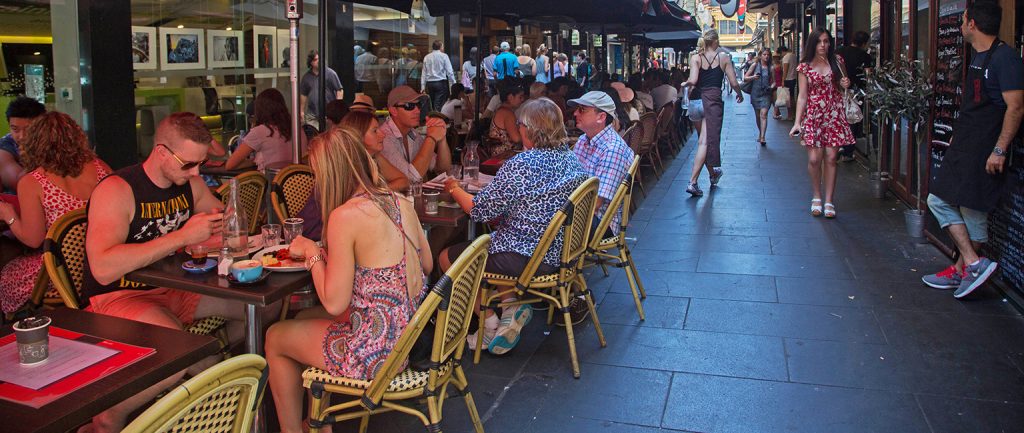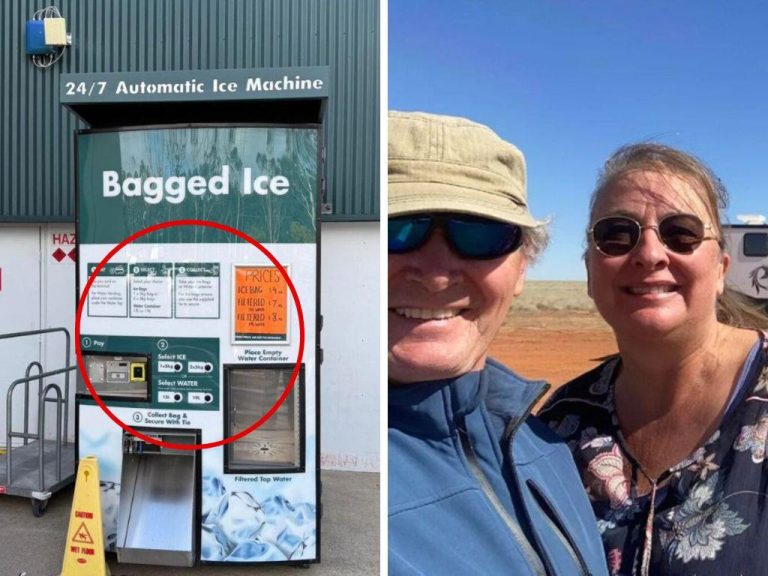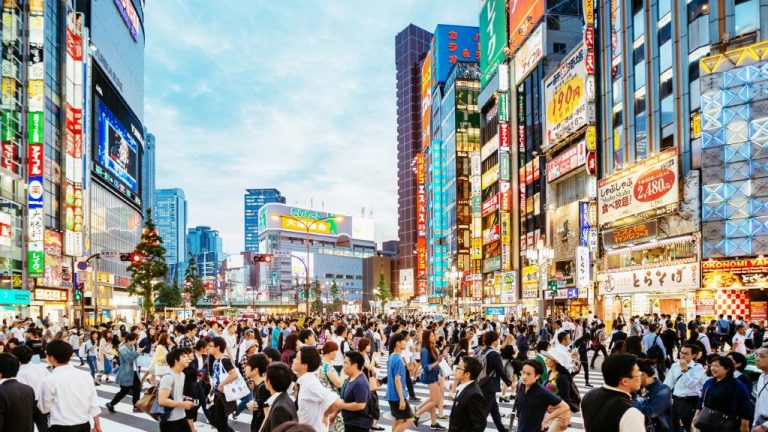Could CBD fast food be swallowed up?

McDonalds, KFC and Hungry Jacks outlets could become a thing of the past in Australia’s CBDs as operators seek out better returns in metropolitan and regional locations.
That’s the view expressed in a Colliers International report into the fast food industry, which is undergoing a seismic shift as new operators and healthier dining choices change the way Australians experience takeaway food.
In the report, Colliers research director Daniel Lees says that fast food retailers (labelled as “quick service restaurants”, or QSRs) are now weighing up whether it still makes financial sense to have a CBD presence.
Lees says while CBD fast food outlets are still well-patronised, they have an ever-growing fight on their hands to compete with savvy new competitors.
“Traditional QSRs are not only having to contend with a plethora of new fresh and healthy food outlets, but also with high end restaurateurs attempting to take a slice of fast food patronage,” he says.
QSRs may no longer consider the CBD to be the lucrative, high volume, high profit margin market that it once was
“In Sydney’s CBD the traditional QSR footprint has come under threat with a view that changing consumer preferences are to blame.”
“Neil Perry’s Burger Project has been extremely well received and is located conveniently within World Square, the newly renovated MLC Centre and Gateway Podium in Sydney CBD, together with the recently opened St Collins Lane in Melbourne. If that isn’t enough, then the numerous pop-up restaurants and food trucks are no doubt making traditional QSRs work even harder to maintain market share.”

Suburban fast foot outlets could be better proposition for major operators.
Lees suggests that with fast food giants such as McDonalds owning most of their own CBD stores, the boom prices currently being achieved for CBD retail properties – particularly in Sydney and Melbourne – could prompt them to consider selling and focusing their attention on suburban locations.
Yields in Melbourne’s CBD ranged between 4.5% and 5.5% in the year to June, while in Sydney they averaged 5.3%, highlighting how highly sought-after CBD assets continue to be.
“We suggest that some QSRs would be considering the recycling of capital from prime CBD locations into metropolitan or suburban areas where more scale can be achieved and the return on invested capital could perhaps be higher,” Lees says.
In Sydney’s CBD the traditional QSR footprint has come under threat with a view that changing consumer preferences are to blame
“In these locations, capital can be invested into revenue generating initiatives such as drive through services, which are becoming more popular across a variety of fast food outlets and considered the ‘ultimate convenience’.”
“In our view, the combined factors of consumer choice, landlord preferences, tenant cost structures and CBD asset values suggest that traditional QSRs may no longer consider the CBD to be the lucrative, high volume, high profit margin market that it once was.
“Rather, we believe that these operators may achieve better scale and return on capital by concentrating on outer metro or regional locations. Here, space is cheaper, scale can be exploited and value adding initiatives such as cafes and drive throughs can be developed.”







